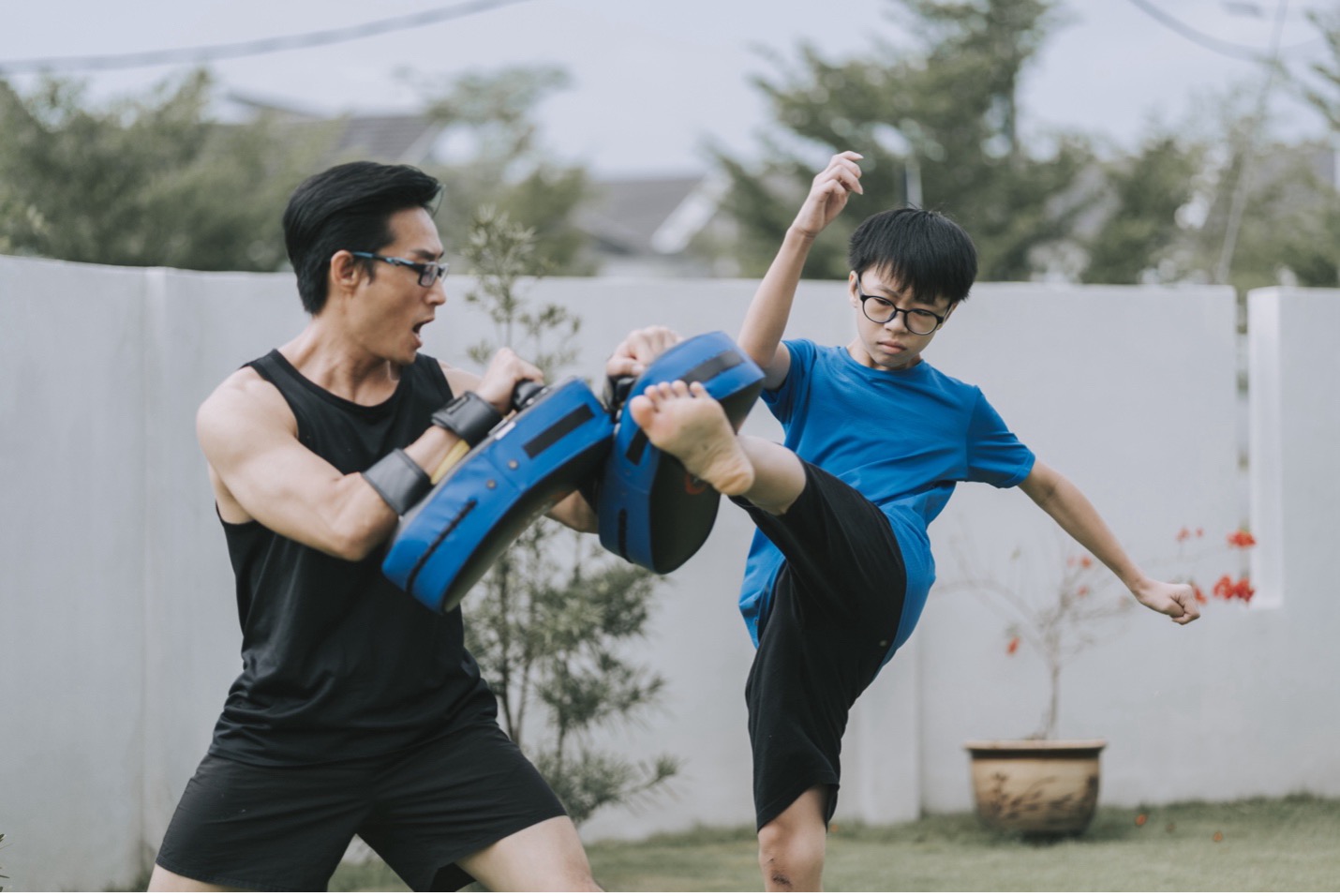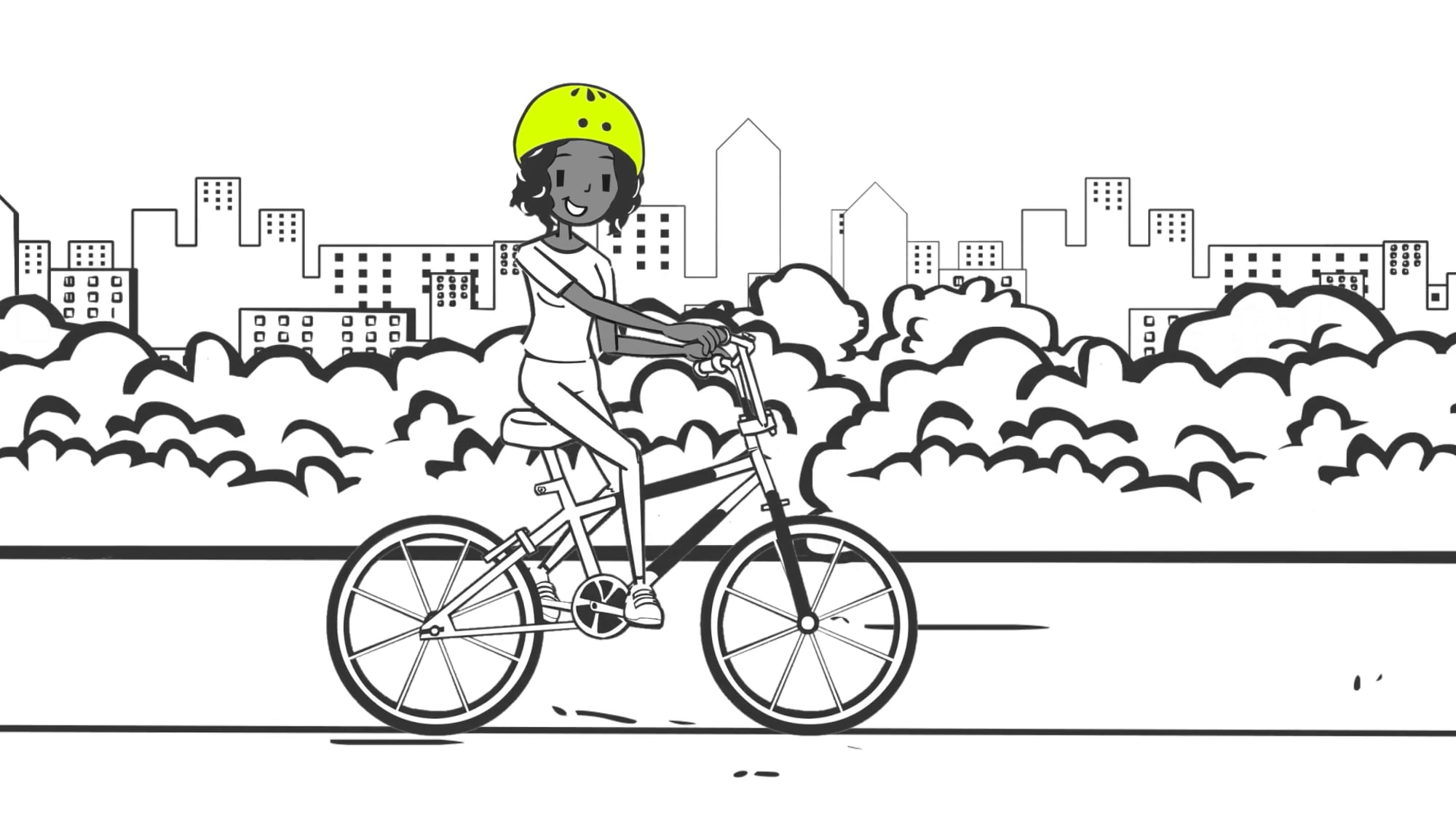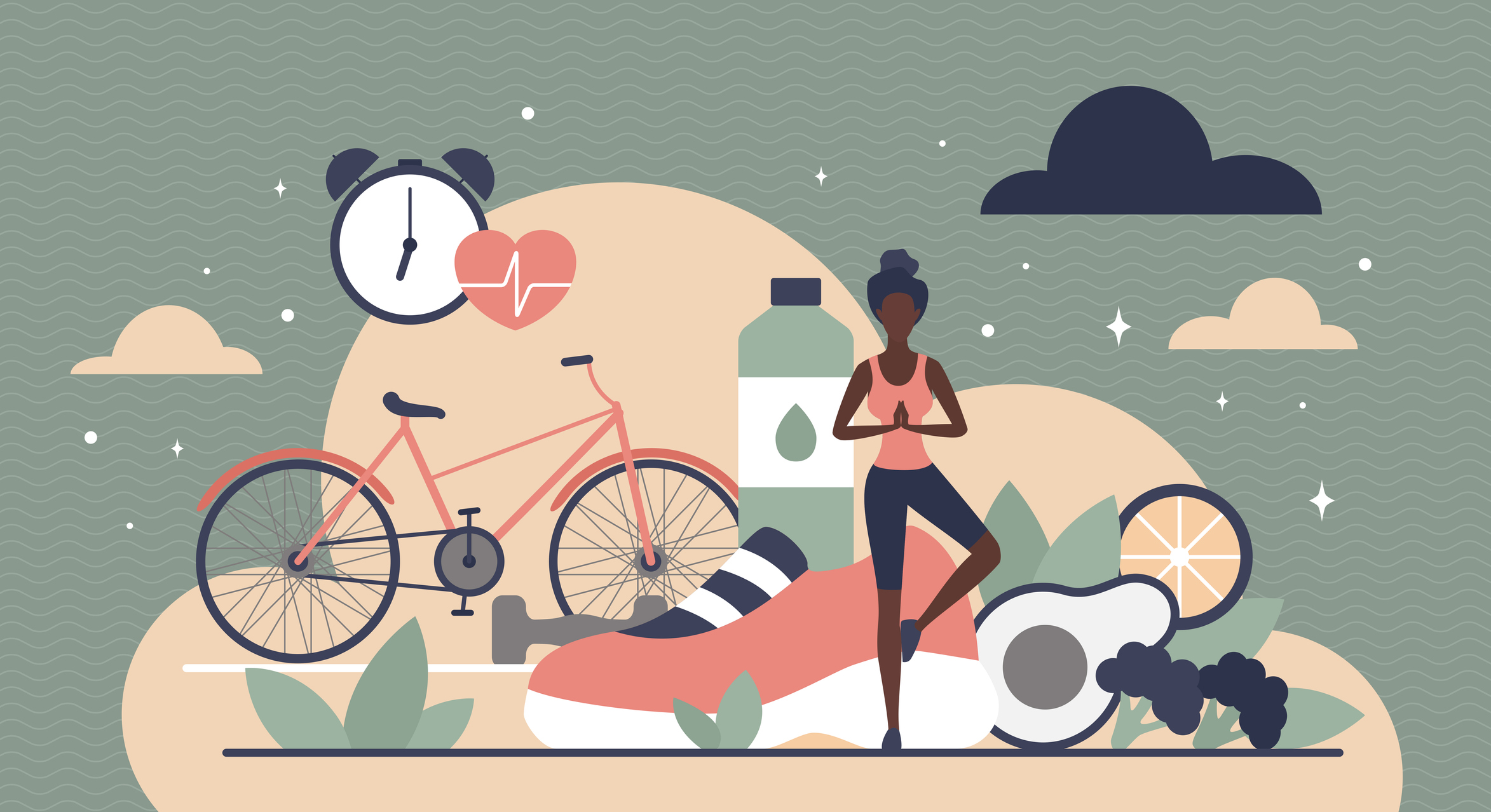The longer days and warmer weather of spring offer a natural opportunity for families to refresh their routines and build healthier habits. Staying active can feel challenging after months of cooler weather spent mostly indoors with, potentially, limited movement. However, making deliberate but small, everyday choices during this time of year can set the tone for a more energized and active season ahead. As children grow, their physical needs and abilities also increase. Exploring new strategies and challenges at each stage of development can be a fun and rewarding way to help them stay strong and healthy.
How Much Movement Does My Child Need?
Age Group Movement Recommendations
Infants (Birth–12 months)
Several short structured and unstructured movement sessions daily (e.g., tummy time, reaching, floor play).
Toddlers (1–3 years)
At least 30 minutes of structured activity plus 60 minutes and up to several hours of unstructured play daily. Avoid being sedentary for more than 60 minutes at a time (except when sleeping).
Preschoolers (3–5 years)
At least 60 minutes of structured activity plus 60 minutes and up to several hours of unstructured play daily. Limit sedentary time.
School-Age Children, Adolescents, and Teens (6–17 years)
At least 60 minutes of moderate-to-vigorous physical activity daily. These 60 minutes should include 20 to 30 minutes of muscle-strengthening and bone-strengthening activities at least 3 days per week.
Source: SHAPE America (2020); Centers for Disease Control and Prevention (2022); Office of Disease Prevention and Health Promotion (2018).
Age-Specific Movement Ideas
Infants
Tummy Time Play Zones
Turn tummy time into a mini adventure by placing colorful toys or mirrors just out of reach of your child to encourage movement and play. Short sessions spread throughout the day can help strengthen your baby’s neck, back, and shoulders (HealthyChildren.org, 2023; Safe to Sleep, 2023).
Toy Circle Reach
Arrange toys in a circle around your baby during supervised floor play. Reaching in different directions can be helpful for developing the muscles needed for rolling, scooting, and crawling (HealthyChildren.org, 2023).
Toddlers
Dance Party
Create a dance party by playing a favorite song and inviting children to clap, stomp, spin, or move in silly ways. Dancing can be a fun way to encourage physical activity, especially when it feels like a game (HealthyChildren.org, 2023). Add creativity by asking questions like, “How would a lion dance to this song?” or “What about a mouse?”
Indoor or Backyard Obstacle Course
Create an obstacle course using pillows, cushions, or tunnels to encourage crawling, climbing, and balancing. Structured play can help toddlers develop coordination, gross motor skills, and body awareness in a fun and active way (HealthyChildren.org, 2023)
Preschoolers
Scavenger Hunt Walks
Transform a walk into a scavenger hunt by encouraging children to look for colors, shapes, animals, or other unique items. You could print out bingo style cards to carry on the walk, so children can mark off items as they discover them. This playful approach can help preschoolers stay active and promote curiosity and exploration (Playworks, 2020).
Follow-the-Leader Adventure
Take turns leading the family through playful movements like hopping, skipping, stomping, or tiptoeing, or encourage your family to pretend to be animals. Introduce silly themes like a jungle walk or marching parade, or use prompts like fly like a butterfly to the next tree. Encourage your child to invent the path the butterfly could take. When movement feels like a game, preschoolers are more likely to stay active and may even take the lead (Playworks, 2020).
School-Age Children and Adolescents
Neighborhood Bike Ride Challenge
Plan a neighborhood bike ride to explore local parks, new streets, or nearby trails as a family. Biking is a heart-healthy, fun way to stay active, and changing the scenery can keep everyone motivated (American Heart Association, 2023).
Mini Fitness Moments
Incorporate short, playful challenges like a frogger challenge, which is when children take turns lying on the floor or squatting in a frog position and then jumping over each other. In addition, suggest everyone balance on one foot, run sprints around a tree in the yard, or do jumping jacks to an upbeat song. These bursts of movement help children stay active and engaged and can be a way to work toward the 60-minute daily activity goal (The Bounce House Shreveport, n.d.).
Teens
Family Playlist Workout
Encourage your teen to create a playlist for a family walk, jog, or workout. Music can invigorate and improve mental health, which makes it a valuable tool for enhancing physical-activity experiences (American Heart Association, 2023).
Active Outings
Explore new activities like hiking, geocaching, or running in a local race with your teen. These options can make physical activity more appealing because they can add a sense of adventure and purpose, especially, for example, if the race benefits a local charity, and opportunities to socialize (Centers for Disease Control and Prevention, 2022).
Bonus: Chore-Challenge Movement
Completing household responsibilities by turning tasks into a friendly competition can help your family get moving and complete some chores! For example, use scavenger hunts (e.g., make a list of “misplaced” items and give a prize to the family member who finds and puts away the most items) to motivate family members. These strategies offer double the benefits: encourages the whole family to be active and helps keep the house tidy. Add a playful twist to tasks and tell children to hop, skip, or lunge as they pick up toys or empty wastebaskets. Try to link a less preferred chore with a silly and physical task as this can improve attitudes and make the routine feel more like a game (HealthyChildren.org, 2023). For example, set a timer for ten minutes and challenge family members to clean up like sneaky ninjas—gliding, ducking, and dashing without making a sound as they race to finish before the buzzer.
Tip: You Set the Tone
Children are highly influenced by the behaviors they observe in their environment. When adults actively engage in physical activity with a positive attitude, they can help shape a family culture that values movement and encourages habits that support the whole family’s physical, mental, and emotional well-being.
Keep the Momentum Going
Looking for more ideas? Explore these resources:
- Thrive 5210
- CDC: How Much Physical Activity Do Children Need?
- HealthyChildren.org: 4 Play Ideas to Get Kids Moving
- We Can!®: Tips to Keep Kids Active
- We Can!®: Healthy Habits, Healthy Families
References
American Heart Association. (2023). 25 ways to get moving at home. https://www.heart.org/en/healthy-living/fitness/getting-active/25-ways-to-get-moving-at-home-infographic
American Heart Association. (2023, October 24). How can I help my child be more physically active?https://www.heart.org/en/healthy-living/fitness/fitness-basics/aha-recs-for-physical-activity-in-children
Centers for Disease Control and Prevention. (2024, January 8). Child activity: An overview.https://www.cdc.gov/physical-activity-basics/guidelines/children.html
Centers for Disease Control and Prevention. (2024, August 7). Making physical activity part of a child’s life. https://www.cdc.gov/physical-activity-basics/adding-children-adolescents/index.html
HealthyChildren.org. (2023, July 25). 3 tummy time activities to try with your baby. American Academy of Pediatrics. https://www.healthychildren.org/English/ages-stages/baby/sleep/Pages/The-Importance-of-Tummy-Time.aspx
HealthyChildren.org. (2024, January). 4 play ideas to get kids moving. American Academy of Pediatrics. https://www.healthychildren.org/English/family-life/power-of-play/Pages/play-ideas-to-get-kids-moving.aspx
HealthyChildren.org. (2023, September 9). Back to sleep, tummy to play. American Academy of Pediatrics. https://www.healthychildren.org/English/ages-stages/baby/sleep/Pages/back-to-sleep-tummy-to-play.aspx
Office of Disease Prevention and Health Promotion. (2018). Physical activity guidelines for Americans (2nd ed.). U.S. Department of Health and Human Services. https://odphp.health.gov/sites/default/files/2019-09/Physical_Activity_Guidelines_2nd_edition.pdf
Playworks. (2020, July 8). Play at home: Go for a walk games. https://www.playworks.org/news/play-at-home-go-for-a-walk-games/
SHAPE America. (2020). Active Start: A statement of physical activity guidelines for children from birth to age 5, 3rd Edition. https://www.shapeamerica.org/MemberPortal/standards/guidelines/activestart.aspx
The Bounce House Shreveport. (n.d.). Fun exercises for kids to keep them active and engaged. https://thebouncehouseshreveport.com/blog/fun-exercises-for-kids/








